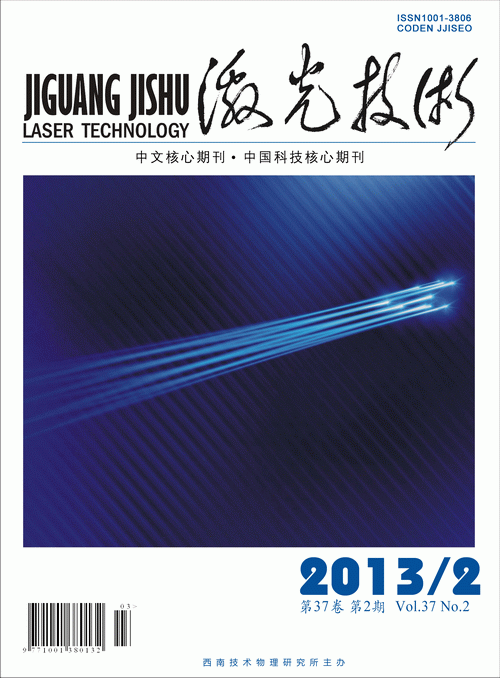|
[1]
|
BIGLIERI E, NORDIO A, TARICCO G. Doubly-iterative decoding of space-time turbo codes with a large number of antennas//2004 IEEE International Conference on Communications(ICC),2004.Paris,France:IEEE, 2004:473-477. |
|
[2]
|
WILSON S G, MATE B P, QIAN L C, et al. Free-space optical MIMO transmission with Q-ary PPM [J].IEEE Transactions Communications, 2005, 53(8):1402-1411. |
|
[3]
|
SIMON M K, VILNORTTER V. Alamouti-type space-time coding for free-space optical communication with direct detection[J]. IEEE Transactions on Wireless Communications, 2005, 4(1):35-39. |
|
[4]
|
TAROKH V, JAFARKHANI H, CALDERBANK A R. Space-time block codes from orthogonal designs[J].IEEE Transactions on Information Theory, 1999, 45(5):1456-1467. |
|
[5]
|
WANG H Q,KE X Z. Orthogonal space-time block code in atmosphere laser communication [J]. Acta Optica Sinica,2009,36(s2):63-68(in Chinese). |
|
[6]
|
WANG H Q,KE X Z. Free space optical communication based on vertical Bell labs layered space-time [J]. Chinese Journal of Lasers, 2008, 35(6):874-878(in Chinese). |
|
[7]
|
WANG S K, LYU D S, CHANG K H. 4G vision and technology development in Korea//2003 International Conference on Communiction Technology. Beijing, China: IEEE,2003:26-27. |
|
[8]
|
WEISTEIN S B, EBEM P M. Data transmission by frequency-division multiplexing using the discrete Fourier transform[J]. IEEE Transactions on Communications, 1971, 19(5):628-634. |
|
[9]
|
KIM J, LEE K J, CHANG K S, et al. A simple SNR representation method for AMC schemes of MIMO systems with ML detector[J]. IEEE Transactions on Communications, 2009, 57(10):2971-2976. |
|
[10]
|
QIN S P, LIU P D, ZHANG X, et al. Channel estimation with timing offset based on PSD & LS estimation for wireless OFDM systems//2007 IEEE International Symposium on Intelligent Signal Processing and Communication Systems(ISPACS 2007). Xiamen, China: IEEE,2007:248-251. |
|
[11]
|
VAHID T, AYMAN N, NAMBI S, et al. Array processing and space-time coding[J].IEEE Transactions on Information Theory, 1999, 45(4):1121-1128. |
|
[12]
|
WANG H Q, KE X Z. Serial interference cancellation algorithm of layered space-time code in free space optical communication[J].Opto-Electronic Engineering, 2010, 37(2):1-6(in Chinese) |
|
[13]
|
WU K, SANG L, WANG H, et al. Detectionalgorithm for V-BLAST systems with novel interference cancellation technique//IEEE 69th Vehicular Technology Conference. Barcelona, Spain: IEEE,2009:1-5. |
|
[14]
|
ZHANG X G, XU C Q. A new OSIC detection algorithm for V-BLAST systemns//International Conference on Wireless Communications, Networking and Mobile Computing, 2007(WiCom 2007). Shanghai, China: IEEE,2007:1352-1355. |

 Map
Map



 DownLoad:
DownLoad: